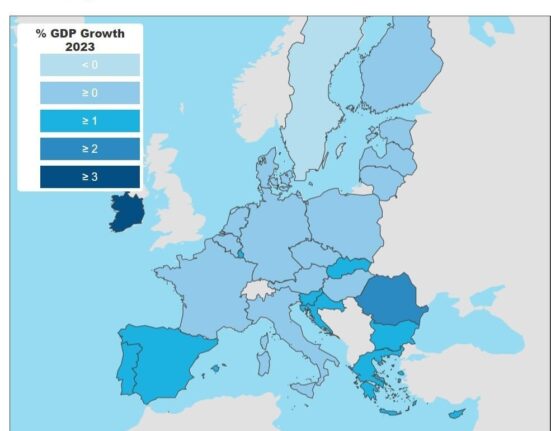The construction industry in America has a rich history of monumental achievements, from the speedy completion of iconic structures like the Empire State Building to ambitious infrastructure projects like the Hoover Dam. However, in recent years, this once dynamic sector has been plagued by a myriad of issues that are causing significant disruptions and delays.
One of the key problems facing the construction industry in America is fragmentation. With numerous stakeholders involved in any given project, coordination and decision-making processes often become convoluted, leading to inefficiencies and bottlenecks. This fragmentation can result in delays, cost overruns, and quality issues that ultimately impact project timelines and outcomes.
In addition to fragmentation, overregulation is another major challenge confronting the construction industry. The complex web of regulations at the federal, state, and local levels can create bureaucratic hurdles that slow down projects and drive up costs. Navigating this regulatory landscape requires substantial time and resources, further contributing to project delays and frustrations for industry players.
Moreover, underinvestment poses a significant obstacle to the growth and innovation of the construction sector. A lack of adequate funding for infrastructure projects not only limits the industry’s ability to modernize but also hampers its capacity to address pressing societal needs such as affordable housing and sustainable development.
As highlighted by a recent report,
“Last year half of America’s construction firms reported that commercial projects they were working on had been delayed or abandoned.”
This sobering statistic underscores the extent of the challenges facing the industry and points to a need for urgent intervention to revitalize this crucial economic sector.
The case study of California’s high-speed rail line serves as a poignant example of these systemic issues. Initially approved by voters in 2008 with plans for completion by 2020, this transformative infrastructure project is now projected to be at least a decade behind schedule. Delays stemming from funding shortages, regulatory hurdles, and logistical complexities have cast a shadow over what was envisioned as a flagship initiative for sustainable transportation in the state.
Amidst these challenges looms an important question: What does this mean for President Trump’s agenda? The construction industry plays a vital role in driving economic growth, creating jobs, and bolstering national infrastructure. Addressing the underlying issues affecting this sector will be crucial for advancing Trump’s vision of revitalizing American infrastructure.
In light of these complexities within America’s construction landscape, experts weigh in on potential solutions to navigate these obstacles effectively. According to construction analyst John Smith:
“Streamlining regulatory processes, fostering public-private partnerships, and increasing investments in critical infrastructure will be key priorities to overcome current challenges.”
Furthermore, Sarah Johnson from an urban planning think tank emphasizes:
“Promoting innovation through technology adoption, reskilling labor forces for future demands, and enhancing collaboration among stakeholders are essential strategies to promote long-term sustainability within the construction industry.”
As policymakers grapple with these multifaceted issues impacting America’s construction sector today – from fragmentation and overregulation to underinvestment – there exists both an imperative and an opportunity to enact meaningful reforms that can unleash the full potential of this critical economic engine.
By addressing these challenges head-on through strategic interventions aimed at promoting efficiency, innovation,
and sustainability within the construction ecosystem,
America can lay a foundation for enduring growth,
resilience,
and prosperity well into
the future.









Leave feedback about this